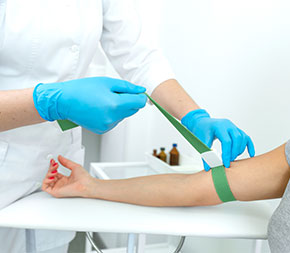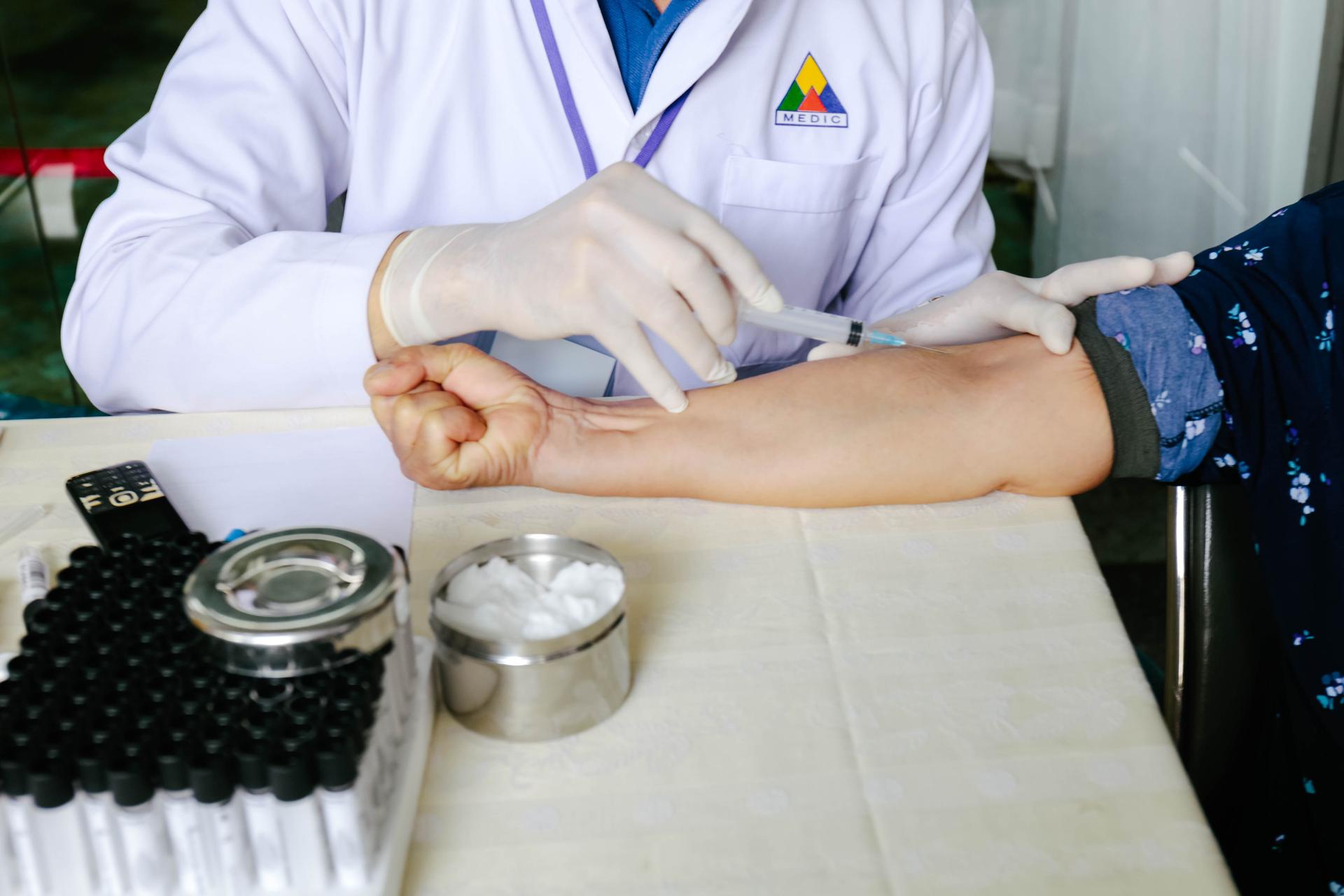The 7-Second Trick For Northeast Medical Institute - New Haven Campus Phlebotomy Course & Cna Class
The 7-Second Trick For Northeast Medical Institute - New Haven Campus Phlebotomy Course & Cna Class
Blog Article
All About Northeast Medical Institute - New Haven Campus Phlebotomy Course & Cna Class
Table of ContentsExamine This Report about Northeast Medical Institute - New Haven Campus Phlebotomy Course & Cna ClassWhat Does Northeast Medical Institute - New Haven Campus Phlebotomy Course & Cna Class Mean?Not known Incorrect Statements About Northeast Medical Institute - New Haven Campus Phlebotomy Course & Cna Class Northeast Medical Institute - New Haven Campus Phlebotomy Course & Cna Class Things To Know Before You Get ThisSee This Report on Northeast Medical Institute - New Haven Campus Phlebotomy Course & Cna ClassThe Greatest Guide To Northeast Medical Institute - New Haven Campus Phlebotomy Course & Cna Class
However, using such gadgets must be come with by various other infection avoidance and control techniques, and training in their usage. Not all safety and security tools are appropriate to phlebotomy. Before selecting a safety-engineered tool, customers must thoroughly check out offered gadgets to identify their appropriate usage, compatibility with existing phlebotomy techniques, and efficiency in shielding personnel and clients (12, 33).For settings with reduced resources, expense is a motoring aspect in purchase of safety-engineered devices. Where safety-engineered tools are not offered, knowledgeable use of a needle and syringe is acceptable.
In the blood-sampling room for an outpatient department or clinic, provide a comfy reclining sofa with an arm remainder.
Not known Factual Statements About Northeast Medical Institute - New Haven Campus Phlebotomy Course & Cna Class
Ensure that the signs for blood sampling are plainly specified, either in a created protocol or in documented guidelines (e.g. in a lab type). Accumulate all the tools needed for the procedure and location it within safe and very easy reach on a tray or cart, making sure that all the things are clearly visible.
Where the patient is adult and mindful, comply with the actions outlined below. Present on your own to the patient, and ask the client to specify their complete name. Examine that the lab type matches the individual's identity (i.e. match the person's details with the research laboratory form, to guarantee precise identification). Ask whether the patent has allergies, phobias or has ever before passed out throughout previous injections or blood attracts.
Make the person comfy in a supine placement (ideally). Area a tidy paper or towel under the patient's arm. Go over the examination to be carried out (see Annex F) and acquire verbal approval. The individual has a right to reject an examination any time before the blood tasting, so it is necessary to ensure that the patient has actually recognized the procedure.
Northeast Medical Institute - New Haven Campus Phlebotomy Course & Cna Class - An Overview
Extend the person's arm and check the antecubital fossa or forearm. Find a vein of a great dimension that shows up, straight and clear. The diagram in Section 2.3, shows common placements of the vessels, however many variations are possible. The mean cubital capillary lies between muscle mass and is usually one of the most simple to penetrate.
DO NOT place the needle where capillaries are diverting, since this boosts the opportunity of a haematoma. Situating the blood vessel will aid in figuring out the appropriate size of needle.
Haemolysis, contamination and presence of intravenous liquid and medicine can all alter the outcomes (39. Nursing staff and physicians may access main venous lines for specimens adhering to methods. Nevertheless, samplings from main lines lug a danger of contamination or wrong lab examination outcomes (https://northeastmedicalinstitute.godaddysites.com/f/northeast-medical-institute---new-haven-campus-your-gateway-to-a). It is appropriate, however not excellent, to injure samplings when very first presenting an in-dwelling venous device, prior to connecting the cannula to the intravenous fluids.
Getting My Northeast Medical Institute - New Haven Campus Phlebotomy Course & Cna Class To Work
Enable the area to dry. Failing to enable enough get in touch with time raises the danger of contamination. DO NOT touch the cleansed site; specifically, DO NOT put a finger over the blood vessel to lead the shaft of the exposed needle. It the site is touched, repeat the disinfection. Do venepuncture as follows.
Ask the individual to create a hand so the capillaries are a lot more noticeable. Get in the capillary promptly at a 30 degree angle or less, and continue to introduce the needle along the capillary at the simplest angle of access - Phlebotomy Classes. Once enough blood has actually been accumulated, launch the tourniquet prior to withdrawing the needle
10 Easy Facts About Northeast Medical Institute - New Haven Campus Phlebotomy Course & Cna Class Shown
Take out the needle gently and use mild stress to the site with a tidy gauze or dry cotton-wool sphere. Ask the person to hold the gauze or cotton wool in position, with the arm prolonged and elevated. Ask the patient NOT to flex the arm, because doing so creates a haematoma.

The 9-Minute Rule for Northeast Medical Institute - New Haven Campus Phlebotomy Course & Cna Class
Do not press the syringe plunger due to the fact that extra pressure raises the risk of haemolysis. Where possible, keep the tubes in a shelf and relocate the shelf in the direction of you. Infuse downwards right into the appropriate coloured stopper. DO NOT eliminate the stopper since it will release the vacuum. If the sample tube does not have a rubber stopper, inject very gradually PCT Courses right into television as decreasing the stress and rate used to transfer the specimen decreases the danger of haemolysis.

Report this page